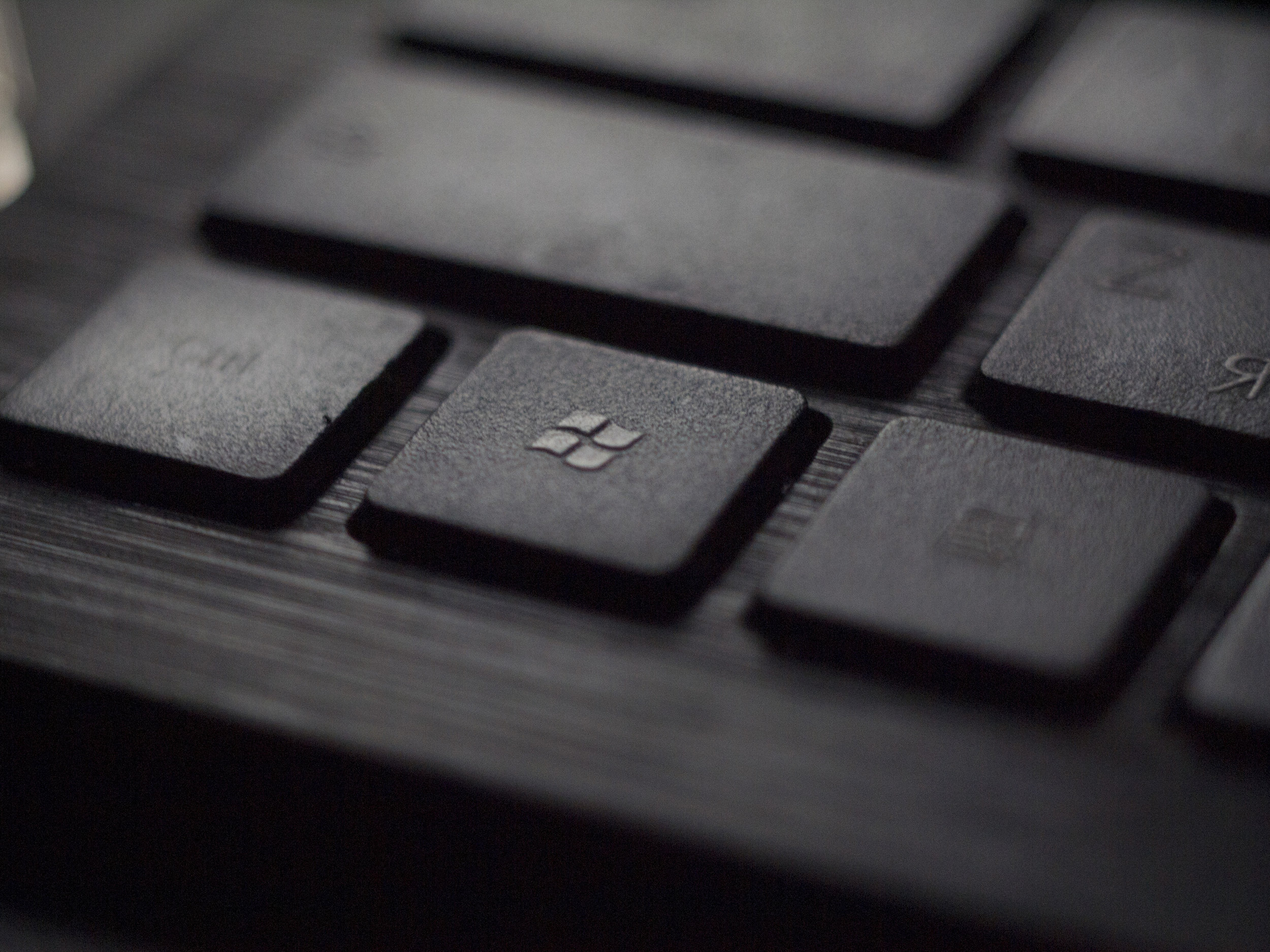Microsoft has one of the best overall benefits and retirement packages in the industry. Are you making the most out of your plan to reach your financial planning goals? In this post we breakdown all of the aspects of the Microsoft Benefits plan available to employees.
Your ability to participate in each component may vary due to your personal financial and cash flow situation, but it is valuable to know what else you can be using down the road to achieve your goals.
401(k)
Microsoft offers one of the best 401(k) matches in the industry, matching 50% of contributions up to $9,500/yr. A full-time employee under the age of 50 can contribute up to $19,000 under IRS limits and receive a match of $9,500, for a total contribution of $28,500/yr. to the account.
Employees over the age of 50 can make an additional “catch-up” contribution up to $6,000/yr., though this is unmatched. Employees who qualify for this contribution can have up to $34,500/yr. (including the match) contributed to the account.
Additional After-Tax Contributions
On-top of pre-tax (traditional) contributions to the 401(k), MSFT also allows employees to make an additional contribution of $27,500 of after-tax dollars to the account. Though you do not receive the deduction on these funds like the above contribution, these additional contributions are powerful because you can convert these funds into a Roth IRA, and any earnings on the initial contribution can get rolled into the traditional portion tax free.
If you and your family are above the Roth IRA contribution limits (phaseout begins at $122K of modified adjusted gross income for individuals, $193K for Married Couples Filing Jointly) this plan feature allows you to make a contribution to this style of account that you otherwise would not be able to make, and in greater amounts than an individual Roth IRA.
ESPP
Employees are eligible to participate in an employee stock purchase plan (ESPP), which allows you to purchase company stock at a 10% discount at the end of each quarter. This plan is separate from any Restricted Stock Units. The ESPP is a great tool for accumulating additional shares at a discount and potentially selling for additional cash flow instantly. Taxes are paid on the profit at the time of sale.
Health Savings Account
If you have a high deductible healthcare plan under IRS law, Microsoft offers a Health Savings Account (H.S.A) that can be used for any healthcare expense. An H.S.A can be a powerful tool, as it receives the beneficial tax treatment of both a traditional and Roth IRA. Contributions to the account are tax deductible in the year of contribution, and distributions are tax free if used for qualified healthcare expenses. Microsoft makes a contribution of $2,500/yr. to the account in addition to $4,500 that you are eligible to contribute to the account as well for a family plan or $1,000 additional if single.
Balances in H.S.A accounts can be invested, and many plan users maximize their contributions to their account on an annual basis, knowing that they will inevitably use the funds to pay for medical expenses later down the road through retirement. The numerous tax benefits and generous company contribution make this feature a can’t miss.
Restricted Stock Units
Covered in length in some of our other blog posts, Restricted Stock Units (also known as stock grants) allow you to obtain shares of company stock in accordance with the vesting schedule that is provided when the stock award is originally received. The value of stock at the time they vest is considered taxable income to the recipient and may be immediately sold to avoid incurring any additional capital gains taxes, or held long-term for appreciation.
One issue we often see with RSUs is overconcentration and stress around when to liquidate. We will cover strategies for dealing with these complications in future posts.
Deferred Compensation Plan
A deferred compensation plan is available to employees at level 68 and above to help minimize the amount of taxable income received in a given year and defer taxes into the future. The goal of using the DCP is to push compensation out of a high tax bracket year into a lower tax bracket year (typically post-retirement) to reduce overall tax bill. Funds contributed to the DCP are pre-tax and reduce taxable income dollar for dollar. DCP funds can be invested in funds chosen from a pre-established fund line-up. Employees can defer up to 75% of annual base salary on top of pre-tax and after-tax contributions. 100% of bonuses can be deferred into the DCP. Unfortunately RSU comp does not qualify for the DCP, but it may make sense to live on the RSU comp while you defer your base salary and bonus.
Conclusion
Microsoft compensation plan offers many components and features that can help you maximize your wealth, save on taxes and plan for retirement. Interested in learning more about how you can optimize your comp plan to meet your goals? Schedule a meeting with one of our trusted advisors today.



